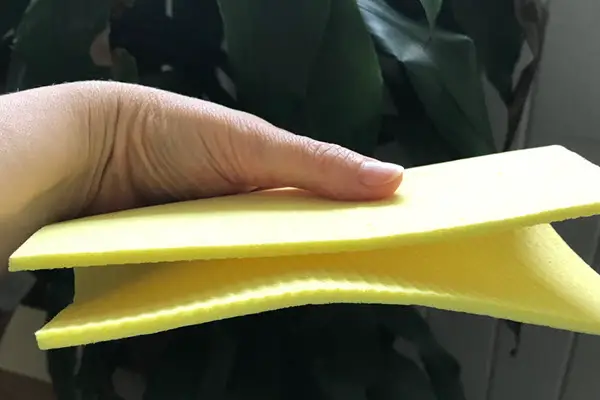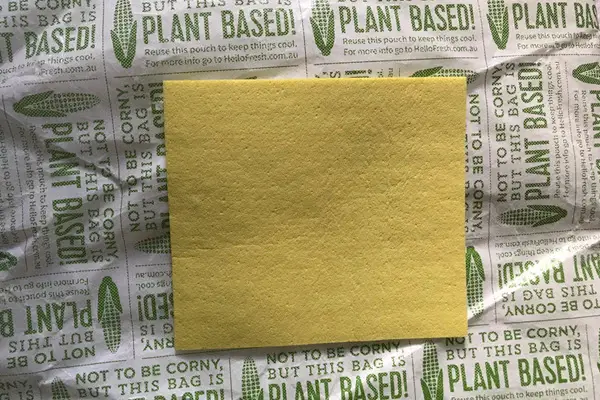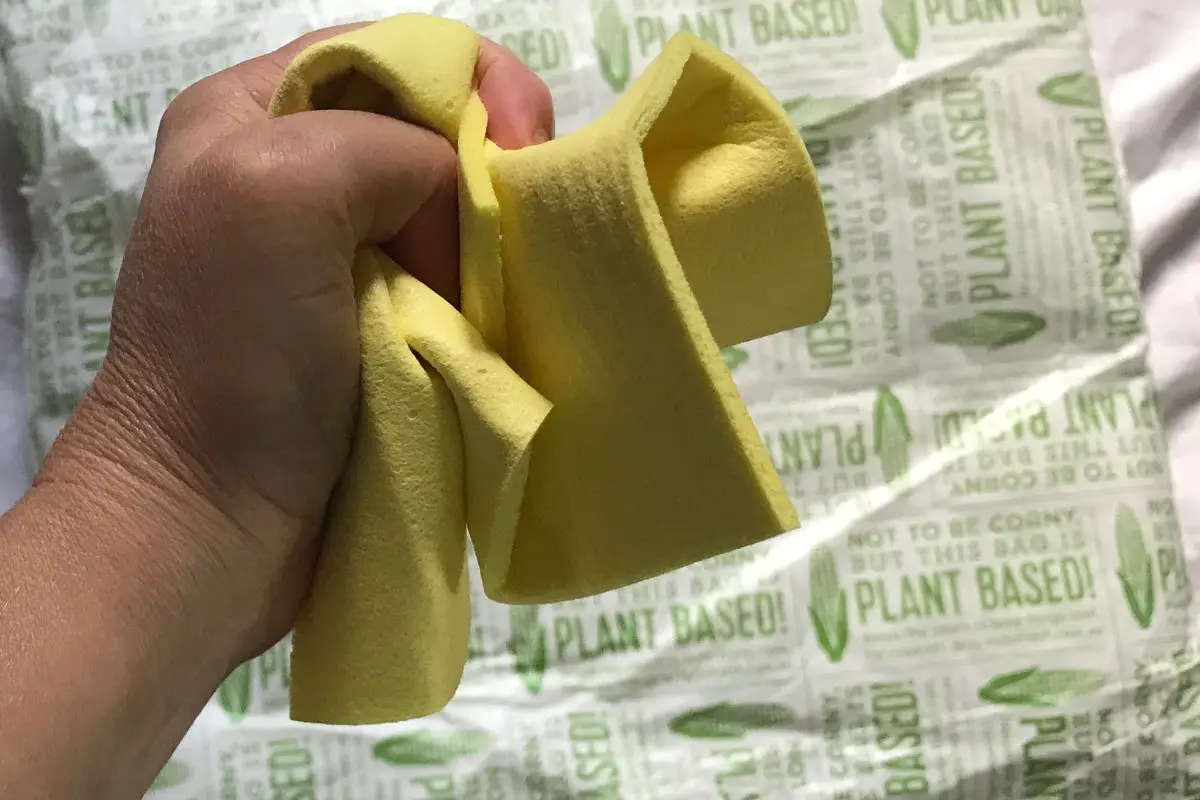Can You Wash Swedish Dishcloths? Our Top 5 Methods
Swedish dishcloths are a big trend right now in low-waste cleaning (despite the fact the material was invented back in 1949!). It’s not all hype, either, since there are many benefits to using a Swedish dishcloth in place of paper towels or a sponge.
A big part of what makes Swedish dishcloths beloved among eco-conscious consumers is that they can be used again and again.
Swedish dishcloths can absolutely be washed between uses to remove build-up, debris, and odors. They should also be regularly sanitized to destroy bacteria and other harmful microbes that can slowly accumulate in the material.
There are several ways to clean Swedish dishcloths. All of them, in our opinion, are both easy and convenient! So keep reading to learn which method is right for you.
Are Swedish Dishcloths Sanitary?
Yes. With proper care, Swedish dishcloths are even more sanitary than regular sponges and cloth rags!
Swedish dishcloths are less likely to accumulate bacteria than other household alternatives. This is because the material — a combination of cellulose and cotton — dries incredibly fast. Without moisture, bacteria and other nasty microbes can’t reproduce.

When To Wash Swedish Dishcloths
While Swedish dishcloths are less likely to encourage bacterial growth than sponges or towels, they’re not entirely impervious. So sticking to a regular washing and sanitizing routine is extremely important.
Washing refers to rinsing with water or mild soap to remove build-up and debris. Ideally, you should wash your Swedish dishcloths after every use.
Sanitizing refers to using heat and/or a disinfectant to kill off any bacteria or mold spores that may have found their way into your Swedish dishcloths. Sanitizing should be done every two to three days or after your Swedish dishcloth has come into contact with something like raw meat.
Do Swedish Dishcloths Smell?
Some users notice an odor when their new Swedish dishcloth first gets wet. This is normal — the scent is coming from the natural cellulose fibers.
However, a pungent odor coming from a used Swedish dishcloth is not normal. The most likely culprits are food debris or bacteria.
Sterilizing will remove most odors. If the odor persists, consider retiring the cloth in question.
5 Ways To Clean & Sanitize Swedish Dishcloths
1. Washing Machine
Placing Swedish dishcloths in the washing machine is one of the easiest ways to keep them clean.
Just toss your soiled dishcloths in the laundry, using a warm cycle and standard laundry detergent.
Do not use fabric softener on your Swedish dishcloths (be sure that your favorite laundry detergent is free of any built-in softeners!). Doing so will impact the cloths’ absorbency.
The downside to this method is that – as a biodegradable product – the lifespan of your dishcloth might get shorter, compared to a gentle handwash.
Can Swedish Dishcloths Go In The Dryer?
No, they should be allowed to air dry instead. Swedish dishcloths can stand up to a lot of things but hot air isn’t one of them.
Not only will putting your dishcloths in the dryer cause the material to break down prematurely. It can also shrink the cloths themselves.

2. Dishwasher
If you primarily use Swedish dishcloths in the kitchen, then adding them to the dishwasher is a great way to tackle two messes with one appliance.
Swedish dishcloths can be placed on the top rack of your dishwasher. Running a normal cycle will take care of most stains and build-up. For extra disinfecting power, opt for an extra-long or hot cycle.
One thing to note: Swedish dishcloths should not be dried in the dishwasher. You’ll want to turn off the machine’s dry cycle or remove the cloths before it starts.
Can You Wash Dishes With Swedish Dishcloths?
Yes! There’s no need to run a dishwasher cycle for your Swedish dishcloths alone.
3. Microwave
Like synthetic sponges, Swedish dishcloths can be disinfected in the microwave.
Thoroughly wet the cloth before placing it in the microwave for 1 minute. Placing dry Swedish dishcloths in the microwave is a fire hazard.
Be sure to let the dishcloth cool for a few minutes before handling.
4. Boiling Water
If you’re looking for a low-tech way to sanitize Swedish dishcloths, then a pot of boiling water is your best bet!
Just bring a plain pot of water to a boil and place the soiled Swedish dishcloths inside. Let the water continue boiling for several minutes with the submerged dishcloths.
Of course, the cloths will be very hot. Use tongs to remove them and let them cool down before wringing out the excess water.
5. Bleach
While bleach is an effective way to clean Swedish dishcloths, you can generally achieve the same results using one of the methods above.
If you do choose to bleach your Swedish dishcloths, Michigan State University recommends a ratio of .5 teaspoons bleach to 1 quart warm (not hot) water. Submerge the dishcloths for one minute before rinsing thoroughly.
Again, bleaching should be used sparingly. We don’t recommend it as a go-to cleaning method for Swedish dishcloths. However, you can safely use a chlorine-free Oxi-booster.
Can You Bleach Swedish Dishcloths With Patterns?
Some of the best Swedish dishcloths boast fun and colorful designs! Unfortunately, we can’t say with certainty whether bleach will impact the dye of your specific dishcloths.
When it comes to your favorite patterned Swedish dishcloths, we recommend:
- Opting for other disinfection methods first
- Performing a patch test before submerging the entire cloth
- Referencing the manufacturer’s care instructions
Frequently Asked Questions
How Long Do Swedish Dishcloths Last?
With regular use, a Swedish dishcloth will last at least 6 to 9 months on average. Dishcloths used less frequently (and cared for properly) can last for a year or more.
In a different context: the typical Swedish dishcloth will replace 15 to 17 paper towel rolls throughout its lifetime!
Swedish dishcloths can also be safely added to a traditional compost or bokashi bin.
How Should You Store Unused Swedish Dishcloths?
If you’re wondering where to store your Swedish dishcloth collection, there are several options to choose from.
Most people keep their clean cloths displayed on a countertop (a standard napkin holder works great for this purpose!), in a drawer, or in a linen closet. If your dishcloths boast fun prints or patterns, then the former storage solution will let you show them off.
Whether placed vertically or horizontally, be sure to keep your Swedish dishcloths flat during storage.






